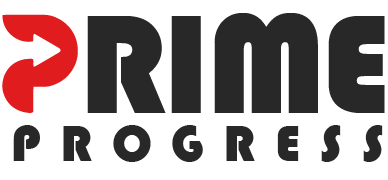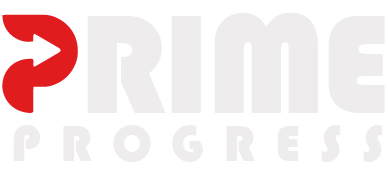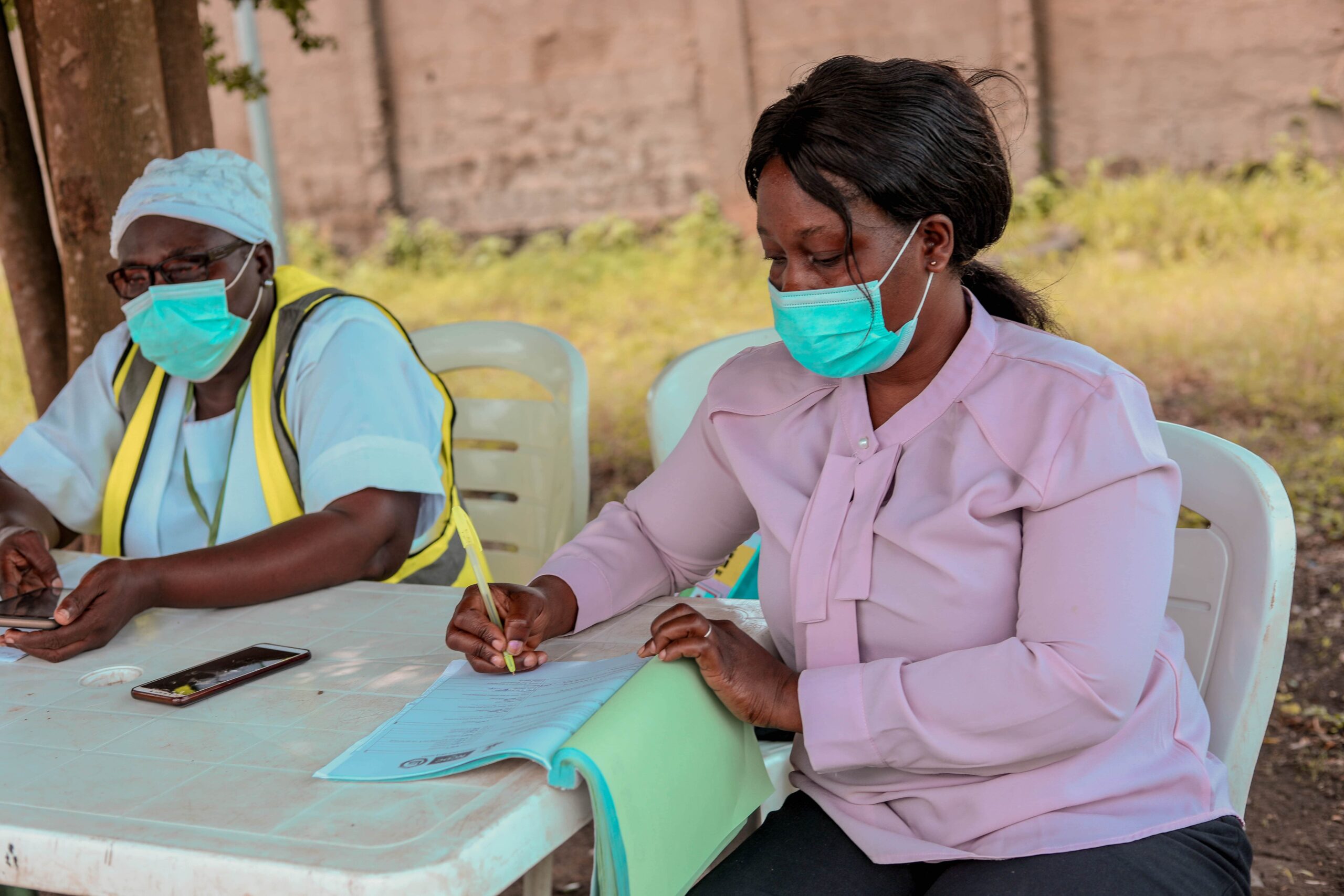By Isaac Atunlute
In the wake of the COVID-19 pandemic, nose masks became a critical public-health tool across the world. Years afterwards, they have become second nature, particularly for health workers and those in crowded urban areas.
They shield us from airborne diseases, reduce the spread of infections and offer a layer of protection in high-risk environments. Yet an overlooked concern is the risk of rebreathing–inhaling air that is trapped within the mask and is typically rich in carbon dioxide.
While masks are effective at warding off airborne pathogens, many users report lightheadedness, fatigue, or discomfort after prolonged use.
What is rebreathing?
Rebreathing occurs when exhaled air, rich in CO₂, accumulates inside a mask that lacks proper ventilation. This typically occurs with tight-fitting or poor-quality masks worn for long periods, creating a pocket of oxygen-deficient CO₂-heavy air close to the nose and mouth.
While not immediately dangerous, rebreathing can cause shortness of breath, dizziness and brain fog. For individuals with existing respiratory problems such as mild asthma or anxiety, however, rebreathing can be particularly distressing, potentially triggering panic or breathlessness.
More often than not, these symptoms are often due to the buildup of heat and moisture within the mask, rather than the mask itself.
All nose masks are not equal
Not every mask allows for breathability. Multi-layered types, made from dense material, are more likely to trap heat and increase the risk of rebreathing. Similarly, disposable masks can also minimise airflow if they trap moisture.
Valved respirators, another variety, allow for easy breathing but are not suitable for public use as they release unfiltered exhaled air to escape, potentially endangering others.
Nowadays, medical experts recommend wearing surgical-grade masks that provide better filtration and breathability due to their high-quality design.
To reduce the risk of rebreathing, consider the following safety tips:
- Take regular breaks: Peel off your mask in well-ventilated and open spaces every few hours to breathe fresh air.
- Stay hydrated: Dehydration can worsen the discomfort of mask-wearing.
- Choose the right mask: Opt for breathable, well-ventilated materials like cotton with interior filtering layers.
- Replace masks frequently: Don’t reuse disposable masks beyond their intended lifespan.
Conclusion
Masks play an integral role in public health, but it’s equally important to understand how they impact breathing over long periods. Choosing high-quality masks, taking regular breaks and being mindful of the symptoms can help stay both protected and comfortable. After all, breathing should never be a luxury, even when masked.
The article discusses the risks associated with rebreathing in nose masks, particularly in light of the COVID-19 pandemic, where masks have become essential for health protection. Rebreathing occurs when exhaled air, high in CO₂, accumulates in a mask due to inadequate ventilation, which can lead to symptoms such as dizziness and brain fog, especially for individuals with respiratory issues. Multi-layered and dense material masks, as well as disposable ones that trap moisture, increase the risk of rebreathing, whereas valved respirators, though better for individual breathing, are unsafe for public use.
To alleviate rebreathing concerns, the article suggests taking regular breaks in open areas, staying hydrated, choosing breathable materials like cotton with filter layers, and replacing masks frequently. The conclusion emphasizes the dual necessity of masks for public health and the importance of maintaining breathable conditions to avoid health issues, recommending surgical-grade masks for better balance between protection and comfort.






